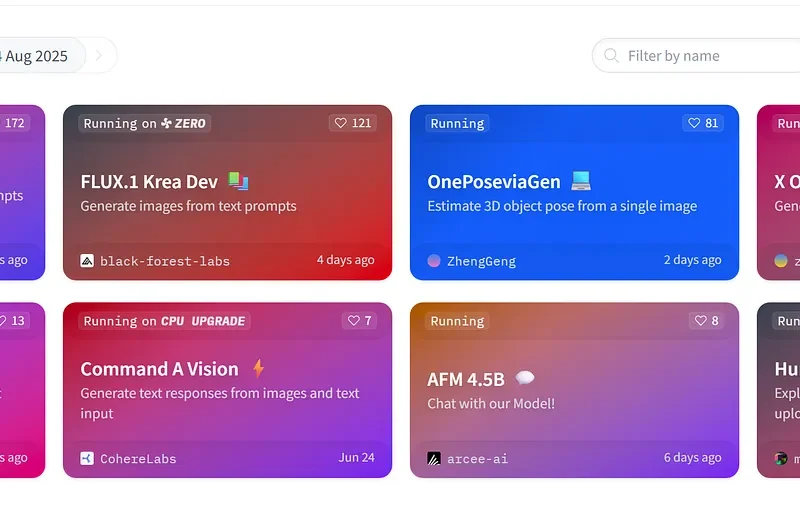Urban planning is essential for city development in the modern era. The United Nations, in one of their report, says that by the end of 2050, 68% of the world’s population will be migrating to cities. So, there is a growing demand for adequate planning measures with respect to expansion and utilization of resources. In this blog, we will dive into the role of polygon data and its growing importance in urban planning and site selection processes in developing city infrastructure.
Understanding urban planning
Urban planning involves directing the development and utilization of land, infrastructure, and services within a city. According to Data USA, the administration of environmental quality and housing programs are among the primary sectors employing urban and regional planners. This growth is prompted by the emerging challenges of making sustainable cities to meet housing, transport, and public services needs.

Unfortunately, urban planners have to find ways of providing for these increasing needs and at the same time consider the process sustainable. They are supposed to construct resource systems that meet present and future requirements. Here, polygon features contribute to helping planners to define the zoning and layout of the city.
Application of polygon data in urban planning
Polygon data is crucial in helping urban planners gather detailed information about specific locations. For instance, planners can use polygon data to map land parcels, zoning boundaries, and green spaces, providing a complete understanding of an area. If traditional mapping methods fail to locate certain streets or features, polygon data can offer insights about the surrounding areas to help identify the missing elements.
In urban development projects, planners can leverage polygon data to plan expansions, reroute transportation lines, and improve city operations. When launching a pilot project that might disrupt traffic, planners can use this data to analyze current conditions, plan detours, and predict project timelines. It also helps them adapt to unexpected changes in traffic flow, making city operations more efficient.
Additionally, polygon data helps safeguard historical sites and protected areas, ensuring that new urban developments do not negatively impact these places. By overlaying historical and ecological maps, planners can create sustainable projects that respect cultural heritage and environmental guidelines.
In short, polygon data allows urban planners to design more structured, efficient, and future-ready cities that meet modern needs while preserving key aspects of the past.
How urban planners use polygon data
Urban planners rely on polygon data to enforce zoning regulations and manage land use effectively. This data enables them to precisely define and optimize zones, ensuring that residential, commercial, and industrial areas are strategically placed and well-integrated.
Planners typically follow a few key steps to apply polygon data effectively in urban planning.
- Data collection: Planners gather polygon data through traditional surveys, mapping tools, and satellite imagery to capture details like land boundaries, building footprints, and natural features.
- Data storage: The collected polygon data is stored in specific formats like shapefiles or GeoJSON. These formats allow for easy retrieval and processing of polygon data for further analysis.
- Data visualization: With the stored data, planners can visualize the polygon data and spot the areas for development and opportunities.
By following these steps, urban planners can use polygon data to develop data-driven strategies for city planning, ensuring efficient and sustainable growth.
What is site selection?
Site selection is key in urban planning for pinpointing ideal locations for city development activities. This process is important because it directly impacts the success and contribution to community growth and economic development. An effective site selection strategy ensures that new developments are optimally placed to serve the community’s needs and support sustainable urban growth.


Urban planners use geographic, economic, and demographic factors to select site locations for development. So, utilizing polygon data, they evaluate underserved areas with growth potential. This ensures that new developments enhance access to essential amenities, improving the quality of life for residents while promoting balanced urban expansion.
Leveraging polygon data for site selection
Polygon data simplifies the site selection process by providing detailed spatial information. City planners use polygon data to perform gap analysis, ensuring that new developments are positioned where they can best serve community needs.
Polygon data also includes geocoding details such as latitudes and longitudes, which are crucial for accurately selecting building sites. For example, polygons can outline areas for potential new shopping malls, housing developments, or public facilities, ensuring that land is used effectively and that new developments are strategically located.
City planners are enhancing the polygon data by integrating it with various new technologies.
- AI-driven spatial analysis: This helps urban planners understand polygon data, evaluate market trends, analyze consumer behavior, and forecast city infrastructure.
- 3D mapping: This assists city planners in visually identifying heat zones to better understand spatial relationships using polygon data.
- Predictive modeling: Planners analyze historical polygon data to predict future needs and plan developments.
So, by leveraging polygon data, planners can effectively choose sites that address both immediate needs and future growth in urban areas.
Conclusion
As sustainability initiatives become more important, urban planners must develop innovative solutions to meet growing urban demands. Polygon data is a key in these efforts, helping planners make informed decisions on zoning, site selection, and resource management. For nearly a decade, Xtract.io has pioneered in providing polygon data, offering customized datasets to support strategic urban and site planning. Also, you can refer to this exciting blog to learn more about leveraging polygon data for spatial insights.

